I don’t know what the weather is like where you’re currently reading this blog from, but here in Zurich, where CityEngine is developed, it’s been pouring buckets of rain for the last couple of weeks straight. Luckily we have other things to brighten up our day, like the new CityEngine release! We’re so happy and proud to announce that CityEngine 2021.0 is now officially available.
I would like to take my usual moment to highlight my favourite features, but also to give a huge shout-out to the CityEngine team. This past year and a half has been interesting for everybody, but the team has still managed to come up with the goods! This new release is absolute “fire” and jam packed with features and improvements that will change the way you work with CityEngine …so without further ado, here are my favourite features from CityEngine 2021.0!
Web-based virtual reality solution
The new 360 VR is now available as a web app, based on the latest WebXR technology. With just a few clicks in CityEngine, you can create 360 VR experiences (3VR) and conveniently preview them in a browser. When its ready, share it on ArcGIS Online with the public or privately with collaborators. View the published VR experience on all popular VR headsets using the built-in browser. On the entry page, you can explore public VR experiences on ArcGIS Online and also private ones.
Try it out at 360vr.arcgis.com
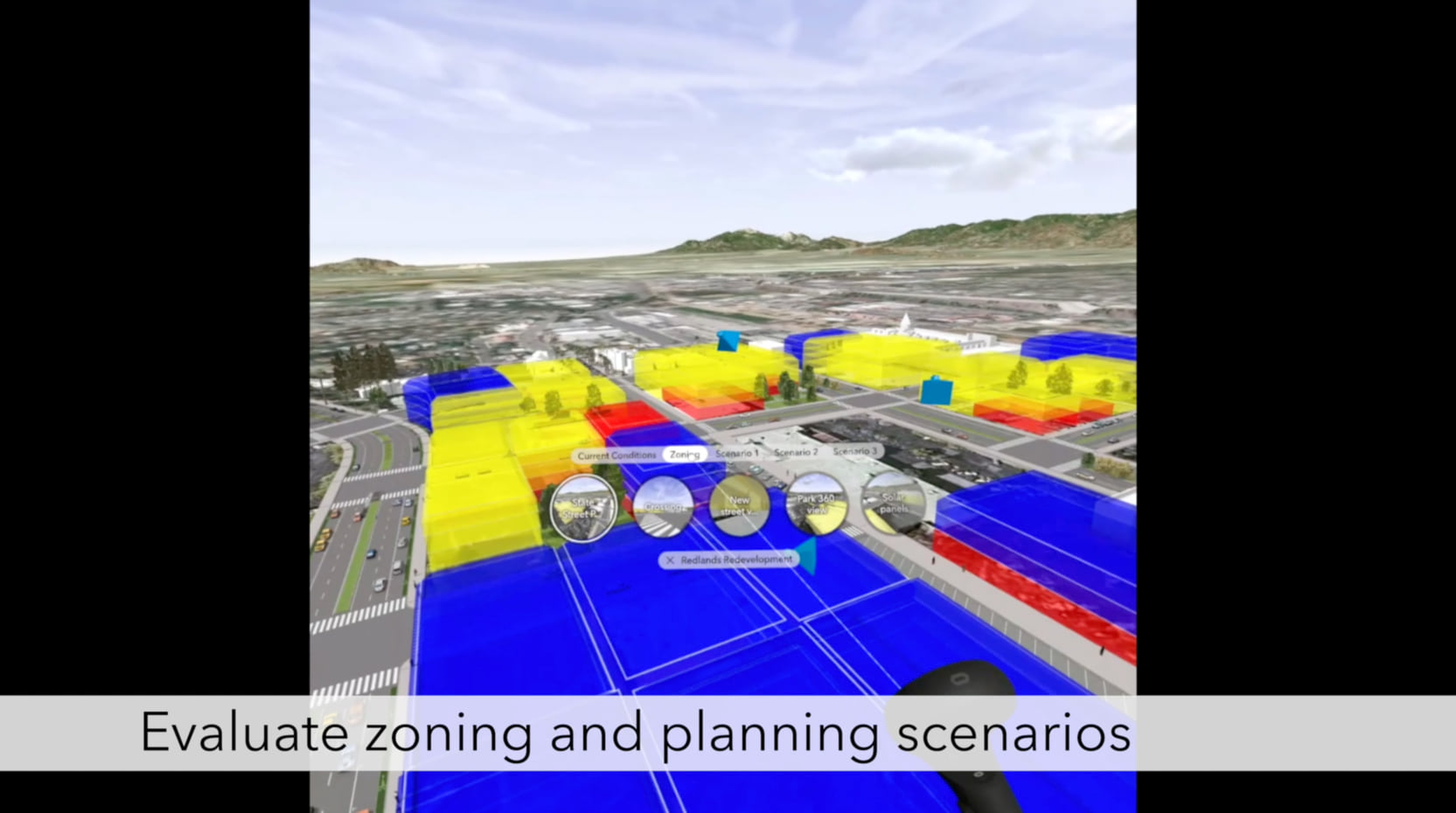
Terrain sculpting & masking
CityEngine 2021.0 introduces intuitive brushes for interactive terrain sculpting. The Terrain Edit Brush allows localized levelling of terrains, and the Terrain Reset Brush lets you revert the terrain elevation changes.
Furthermore, the new Terrain Masking option in the Viewport prevents unwanted artifacts when terrain layers overlap. This is useful in scenes in which a small detailed terrain, for example the work area, is used in combination with a large low resolution terrain, such as the environment. After the terrain masking is applied, only one combined terrain surface displays because the higher resolution terrain masks out the lower resolution terrain.
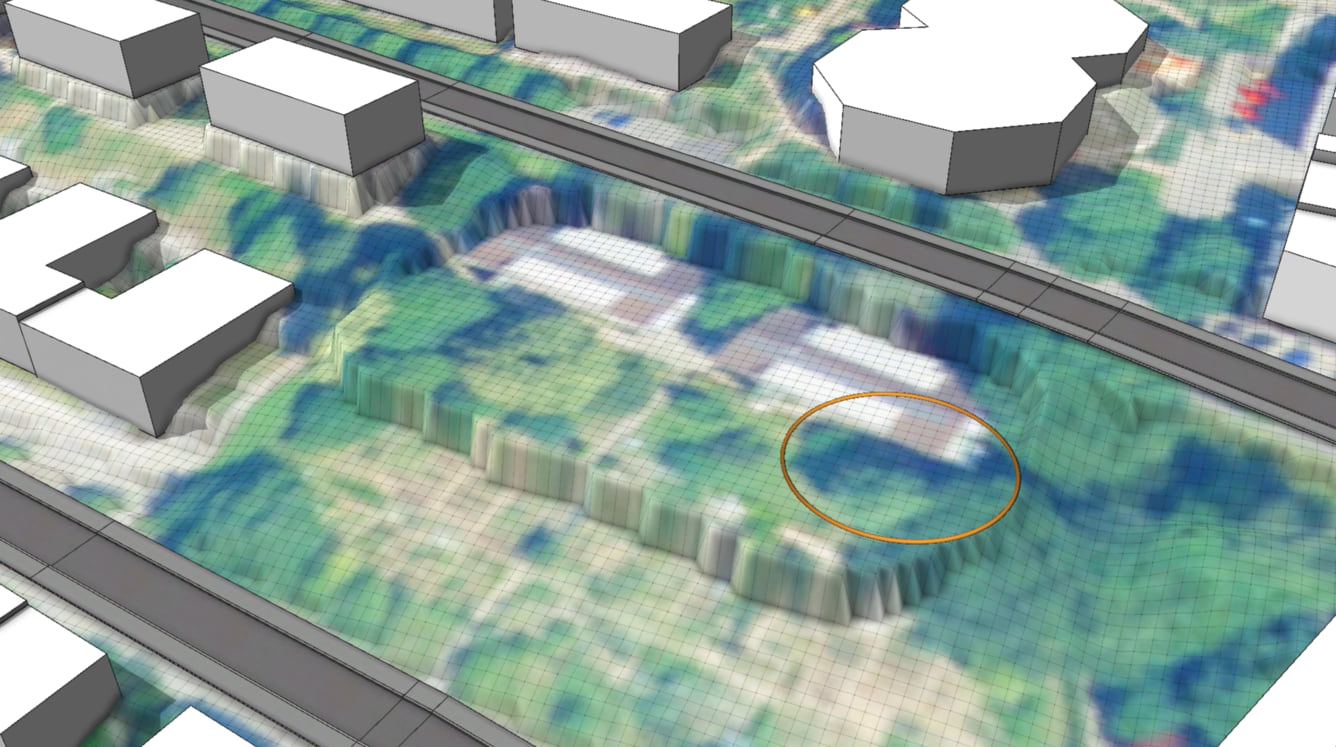
Scenario-based design
CityEngine allows for the intuitive creation, management, and comparison of Scenarios. For example, a scene state can be duplicated as a new Scenario that can be modified. With one click, you can switch between Scenarios and compare design alternatives in the Viewport and the Dashboard.
With CityEngine 2021.0, it is now possible to assign Graph, Map, and Terrain layers to Scenarios. This means that complete urban designs, including street networks and terrain modifications, can be handled as different Scenarios. Also, Scenario management now works on layers instead of individual objects, resulting in a more intuitive scenario-based design user experience.
Additionally, the Unreal Engine (Datasmith) exporter now exports CityEngine Scenarios as Unreal Variants, allowing for simple workflows to visualize Scenarios in the Unreal Engine.
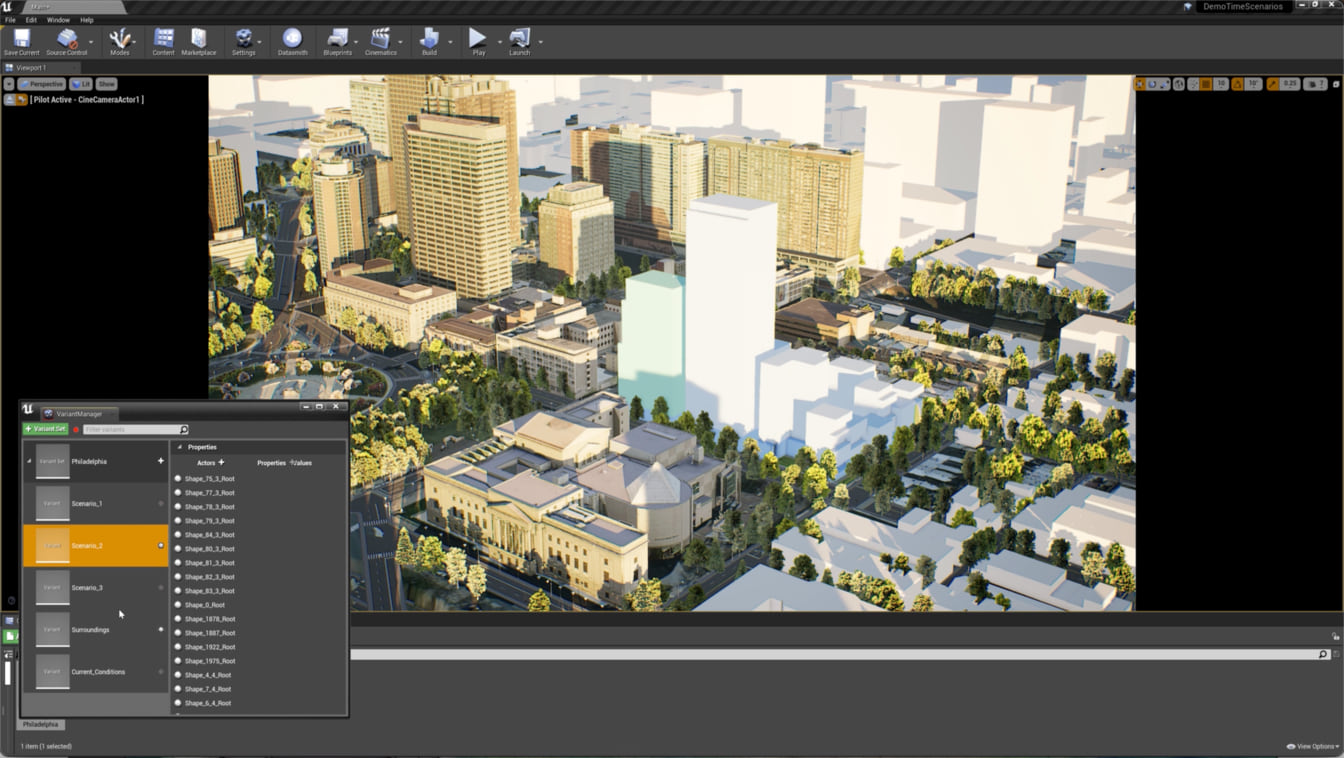
Better design and editing experience
The new Adjust Position and Orientation tool option has been added to the Rotate, Scale, and Translate tools. This allows you to reposition and reorient the transform handle in order to perform advanced transformations. Snapping is also supported.
Several other improvements have been implemented to improve the design and editing user experience in CityEngine. First, the tool bar has been decluttered by consolidating the drawing and measurement tools into subtools. Next, selection sets can now be loaded conveniently in the Tool Options window. Also, the drawing tools now support snapping to the intersections of new edges on other lines. Finally, the Rotate tool now supports snapping to the global planes and axes, orthogonal angles, and parallel to guides.
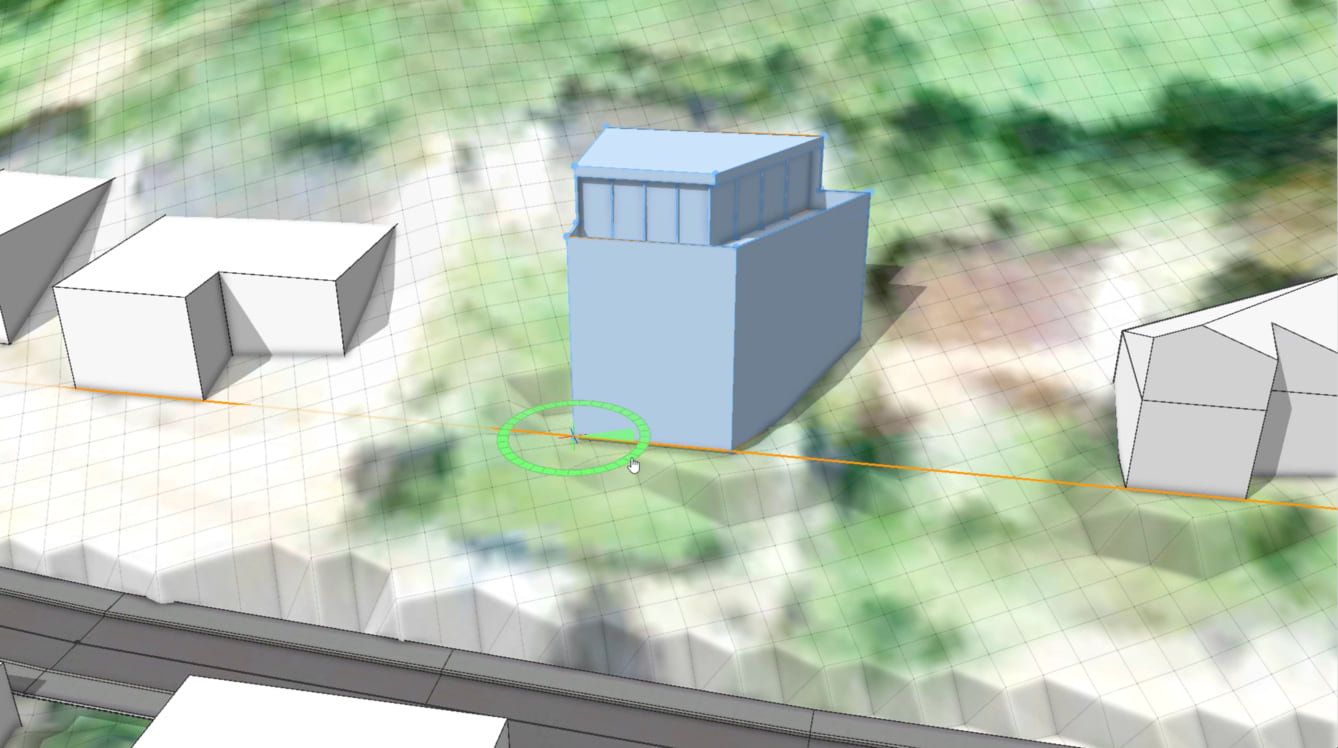
CGA: Footprints, roofs, materials, and local variables
New powerful geometry operations have been added to CityEngine’s procedural modeling language CGA:
- footprint projects arbitrary 3D assets to a 2D polygon, allowing, for example, the simple creation of LOD1 building geometries (illustrated below).
- roofRidge constructs a gable roof where the orientation of the ridge can be fully controlled.
- alignScopeToGeometryBBox calculates the oriented bounding box of a shape, allowing for example for the generation of reasonably aligned roof ridges.
Furthermore, CGA introduces operations and functions for the editing of surface materials:
- setMaterial conveniently sets all the individual attributes of a material at once.
- getMaterial returns the current material attributes and can be used for duplicating, managing, analyzing, or debugging material setups.
- resetMaterial provides the functionality to reset an edited material setup.
Finally on popular request, CGA now supports local variables! Use the new with keyword in both rules and functions to define local variables. This allows for much cleaner and more readable code and can also improve performance.
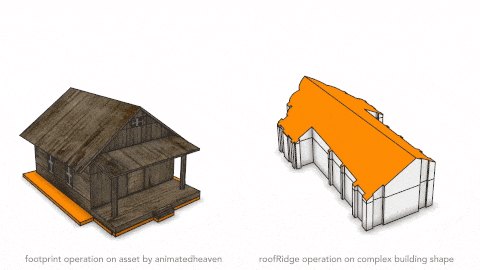
Improved interoperability with the 3D, CAD and GIS worlds
CityEngine 2021.0 comes with many interoperability enhancements and improvements:
- Import and export of USDZ, allowing for more practical workflows with the USD format, which is becoming more and more popular in the 3D industry.
- Import and export of 3D DWG, allowing for the display of CAD models within CityEngine, as well as the importing of CityEngine environments in CAD software packages.
- Major improvements of the SLPK exporter, allowing for faster performance of 3D Object Scene Layers (i3s) in applications, such as Scene Viewer or ArcGIS Earth.
…and many more enhancements and fixes
You can find further news and details in the 2021.0 release notes. Visit My Esri to upgrade to CityEngine 2021.0.

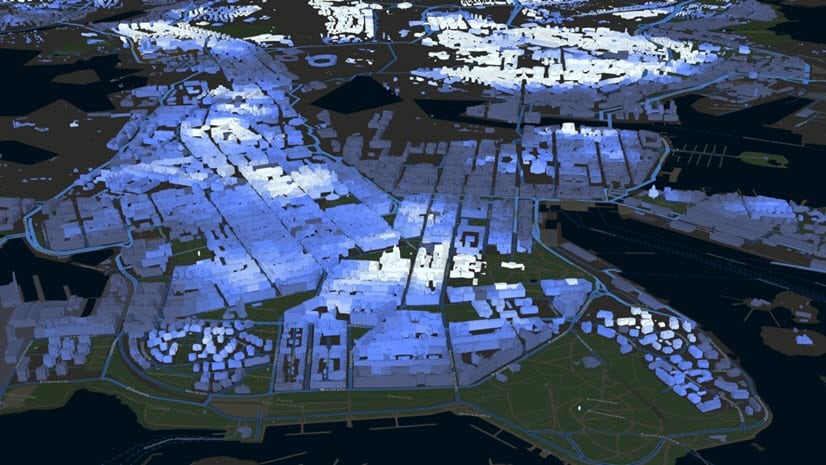

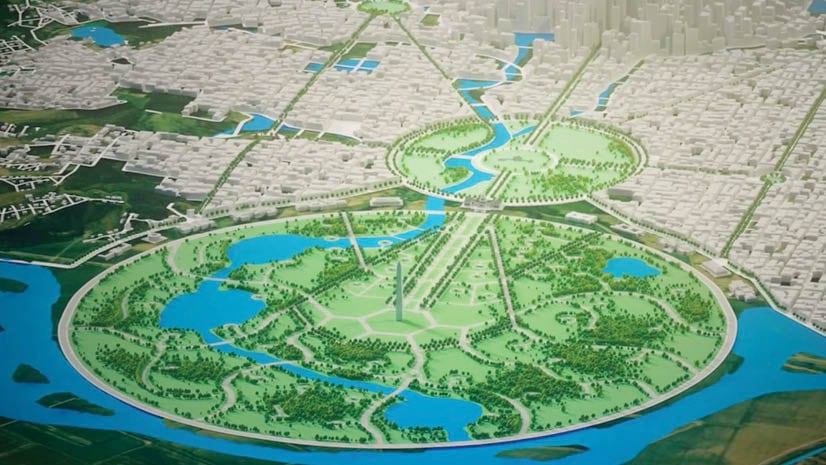
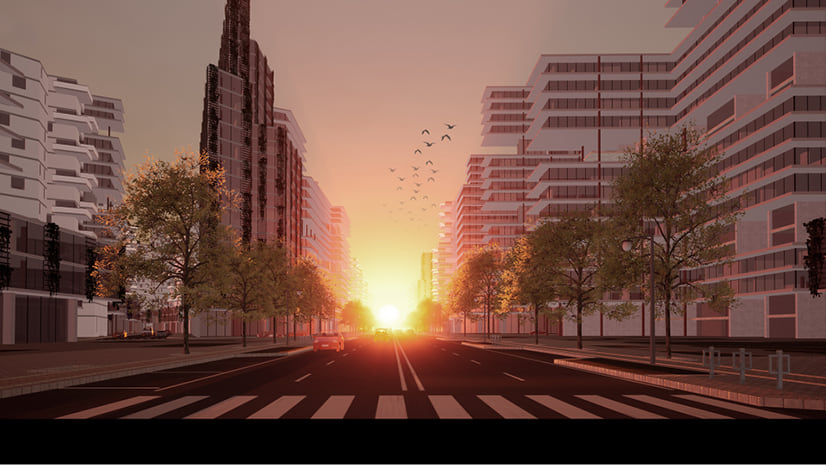


Article Discussion: